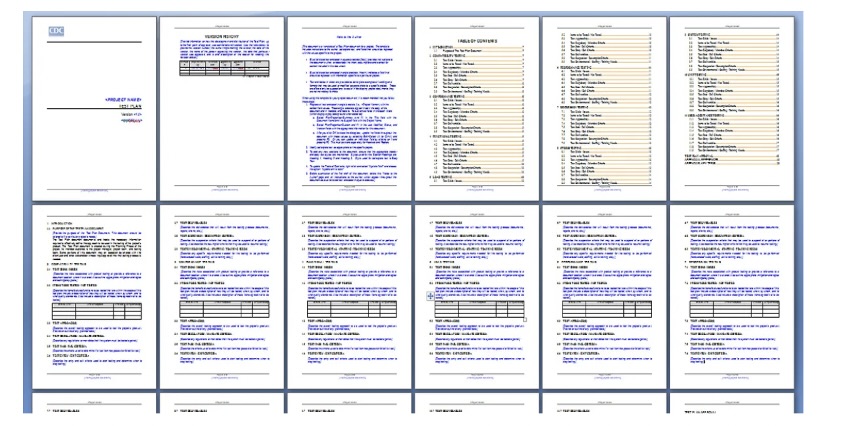Using Mind Maps for Software Testing
Using Mind Maps for Software Testing
What is a Mind Map?
Mind mapping is a visual tool that helps you organize your thoughts and ideas in an easy-to-read, graphic format. It’s a great way to brainstorm, plan projects, and organize.
Benefits
Mind mapping increases creativity, is very flexible and easy to maintain. It provides more coverage. You can see all the data at one place and you don’t need to visit different resources every time. We can mark different areas in a different way to make it more attractive.Using mind maps speeds up the overall process.
Why to Use Mind maps in Software Testing?
Mind maps are super easy to maintain and flexible against changing requirements.It can be used to better understand the scope of applications and to quickly visualize required testing effort. It is a simple way to share how software testing activities are going to be performed. Mind mapping also helps to improve test coverage significantly, and reduce the time spent to create test cases.
In a nutshell, mind maps are a great visual thinking tools that help to structure information, generate new ideas, and provide an easier way to analyze test basis during your testing activities.
In this blog post, I will tell you where & how I use mind maps in projects with examples.
How to Use Mind Maps in Software Testing
Requirement Analysis
Once the requirement of a feature is made available for the Quality Assurance (QA) team, QA engineer can start to sketch out her/his understanding of the feature by using a mind map. Receiving early feedback for requirement and the full picture about feature always eases the work of a QA engineer; the earlier a gap in requirement document is identified, the better 🙂
Test Plan & Strategy
Mind maps are useful tool for test planning. All elements are instantly visible in one place.
Traditional test plan and test strategy documents are two of the most essential pieces in testing toolkit — Test strategy gives you a high-level testing approach while your test plan describes testing scope and activities. BUT they can be lengthy as well as complex to understand and maintain. Even though these documents are usually available to team members, critical project information such as scope, risks, priorities, and responsibilities may hard to find, unclear, and outdated.
Example : Traditional Test Plan & Test Strategy Document
Example : Mind Map for Test Plan & Test Strategy
Test Case Creation
The creation of test cases can be unnecessarily tedious and inefficient. Traditionally, the process involves creating test cases and test scenarios at the beginning and then executing those test cases at the end of development.
With this traditional approach on a project, QA teams can encounter some significant issues:
- Spending too much time during the test execution phase to modify and update previously created test cases.
- Understanding user flows and usage scenarios sometimes can be challenging due to lack of clear definitions.
- Collecting and sharing feedback with the team on test cases and scenarios can be difficult due to the complexity of the documentation.
To resolve these issues, QA can use mind mapping. This allow us to quickly and easily design a lean test case suite that was simple to share and maintain without compromising on test coverage. Essentially, we can use mind maps to turn the complex test case creating process into a lightweight, iterative one.It helps us to clearly outline the user flows and scenarios.
MindMapping in Testing: How to Create and Share Lean Test Cases article includes more details and good examples for test case creating by benefiting from mind maps 🙂
We can also use mind maps for:
- Test Execution & Monitor testing progress
- Exploratory Tests
- Onboarding Activities
- Regression testing
References
If you want to examine how I use mind maps for QA activities above, you can use the links below 🙂
- https://www.infoq.com/articles/mindmap-driven-testing/
- https://www.cigniti.com/blog/using-mind-mapping-techniques-in-software-testing-2/
- https://blog.qatestlab.com/2019/06/06/mind-maps-testing/
- https://blog.gurock.com/agile-mind-map/
- https://www.automatetheplanet.com/exploratory-testing-mind-maps/
- https://qa.world/testing-with-mind-maps/
- https://www.ministryoftesting.com/dojo/lessons/mind-maps-made-easy/
- https://bughuntersam.com/mind-maps-for-software-testing/
- https://www.biggerplate.com/collections/221/software-testing-with-mind-maps/
Reading Time: 4 minutes
Don’t miss out the latestCommencis Thoughts and News.






